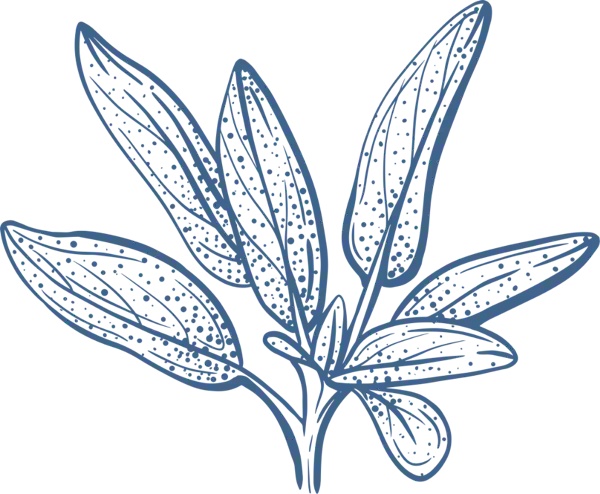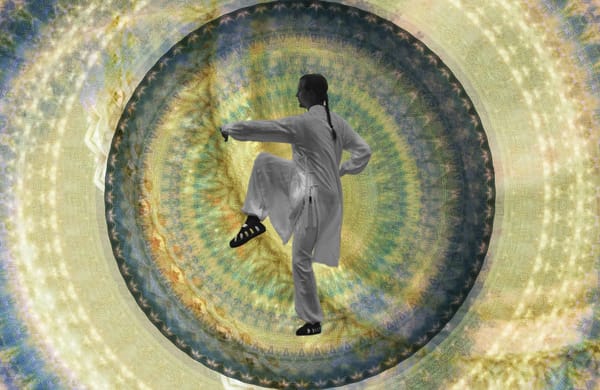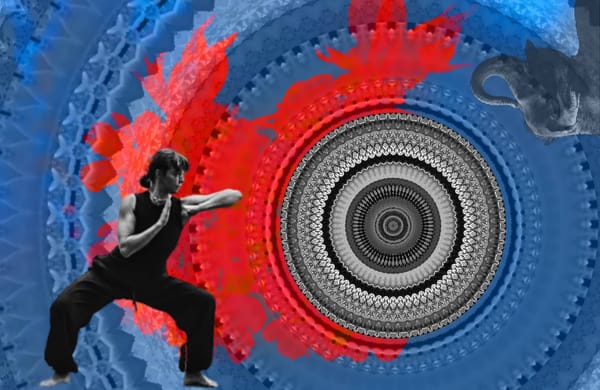The Meaning of Disease in CCM
This article aims to provide an introduction to the concept of disease in Chinese Medicine and a guide to the six major divisions in our body. It offers a starting point for understanding disease in Chinese Medicine.

Everyone understands that the concept of illness in Chinese Medicine must be deeply intertwined with Chinese thought traditions and philosophical concepts. But what is Dis-Ease?
The disease manifests as imbalance and disharmony within the body's internal environment. Qi and its flow throughout the body along meridians or channels is central to this understanding. Disease is believed to arise when Qi becomes blocked, deficient, or stagnant, disrupting the body's natural state of equilibrium.
Concept of disease in CCM - Overview
- Yin and Yang: A healthy system always consists of a dynamic balance between Yin and Yang energies, with disease only occurring when this balance is disturbed. For instance, an excess of Yang energy may lead to symptoms of heat or inflammation, while an excess of Yin energy may result in coldness or stagnation.

- Wuxing: Another key aspect of disease is the interplay of the Five Elements (Wood, Fire, Earth, Metal, Water) and their corresponding organs and functions in the body. Imbalances or disruptions in the interactions between these elements can manifest as specific patterns of disharmony, known as syndromes. These syndromes give further information about the balance disruptions in our system.
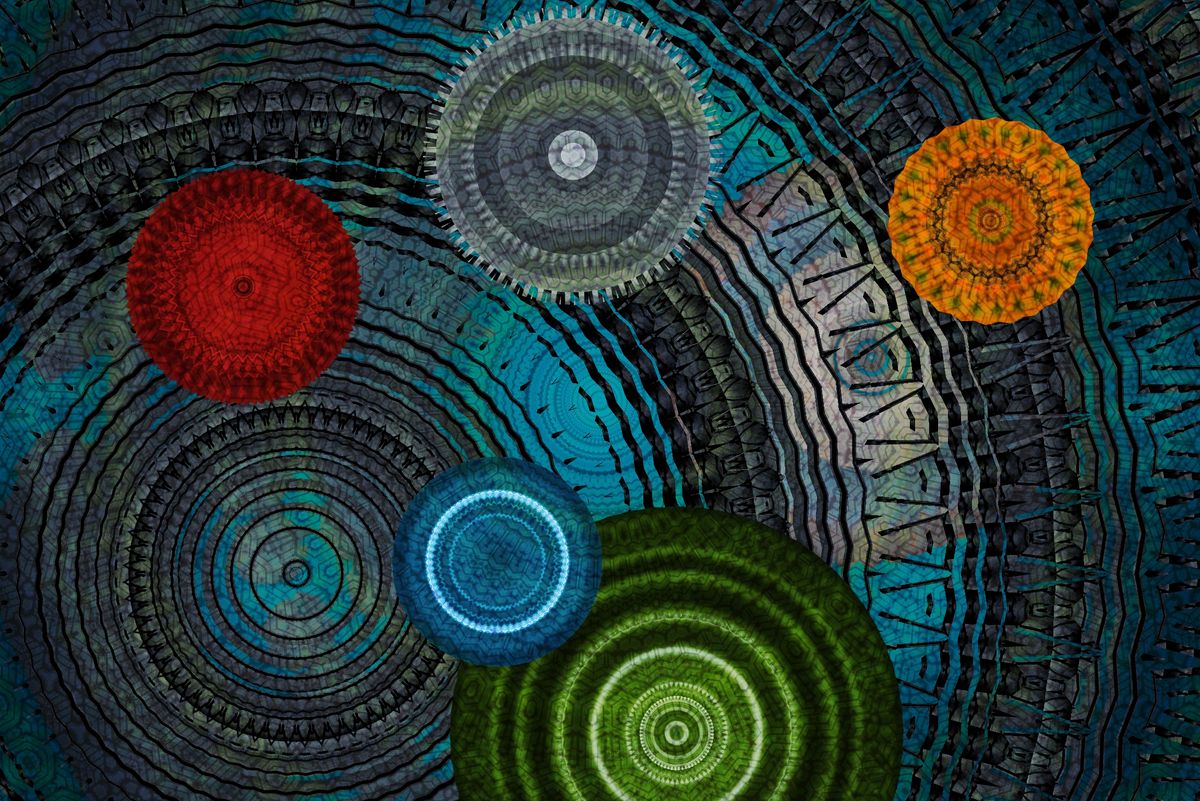
- Treatment focuses on restoring balance and harmony to the body's Qi, Yin and Yang, and Five Elements. This may involve a combination of modalities such as acupuncture, herbal medicine, dietary changes, and Qigong exercises tailored to address the individual's unique pattern of disharmony.
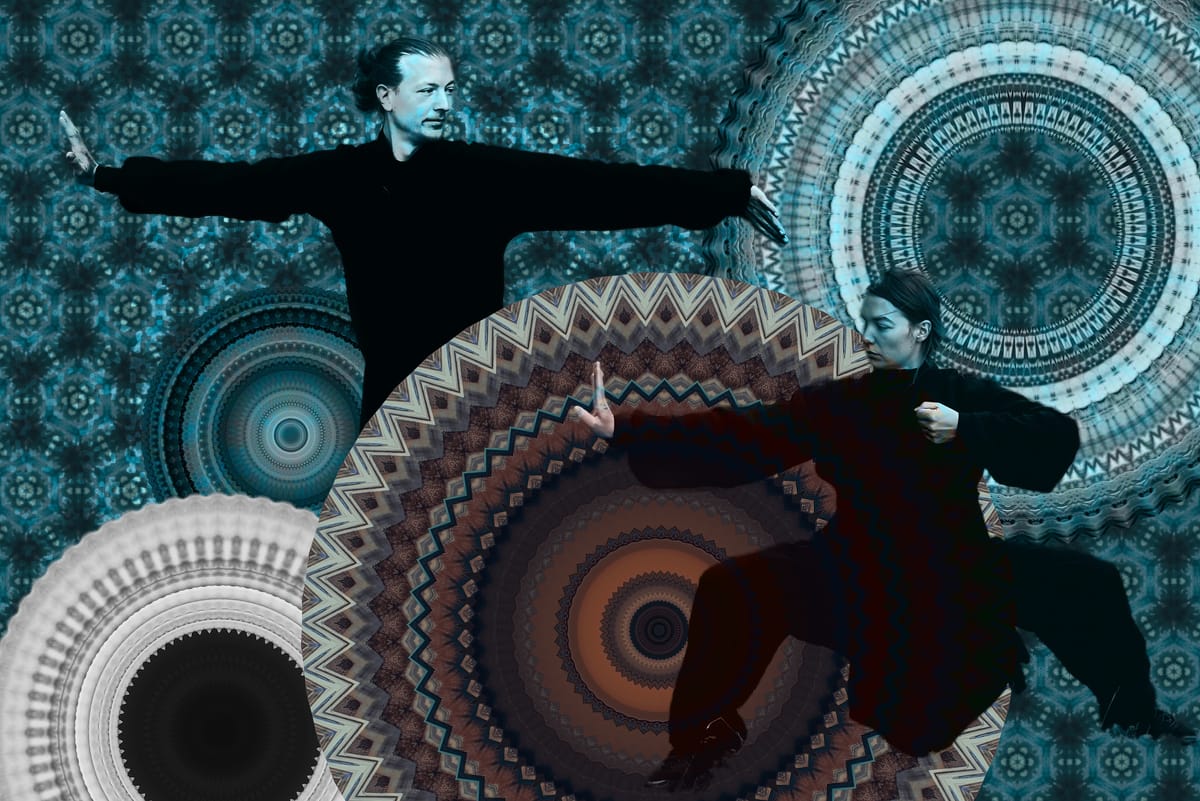
Interplay of Yin and Yang - The six divisions
In Chinese medicine, another more extensive framework consists of the six channels, also known as six divisions. This framework is fundamental to understanding the flow of qi and its influence on health and disease, as well as segmenting the body and energy into six broader regions. These channels are pathways through which qi travels in the body, connecting various organs, tissues, and physiological functions. Each channel is associated with a particular organ system and plays a specific role in maintaining balance and harmony within the body.
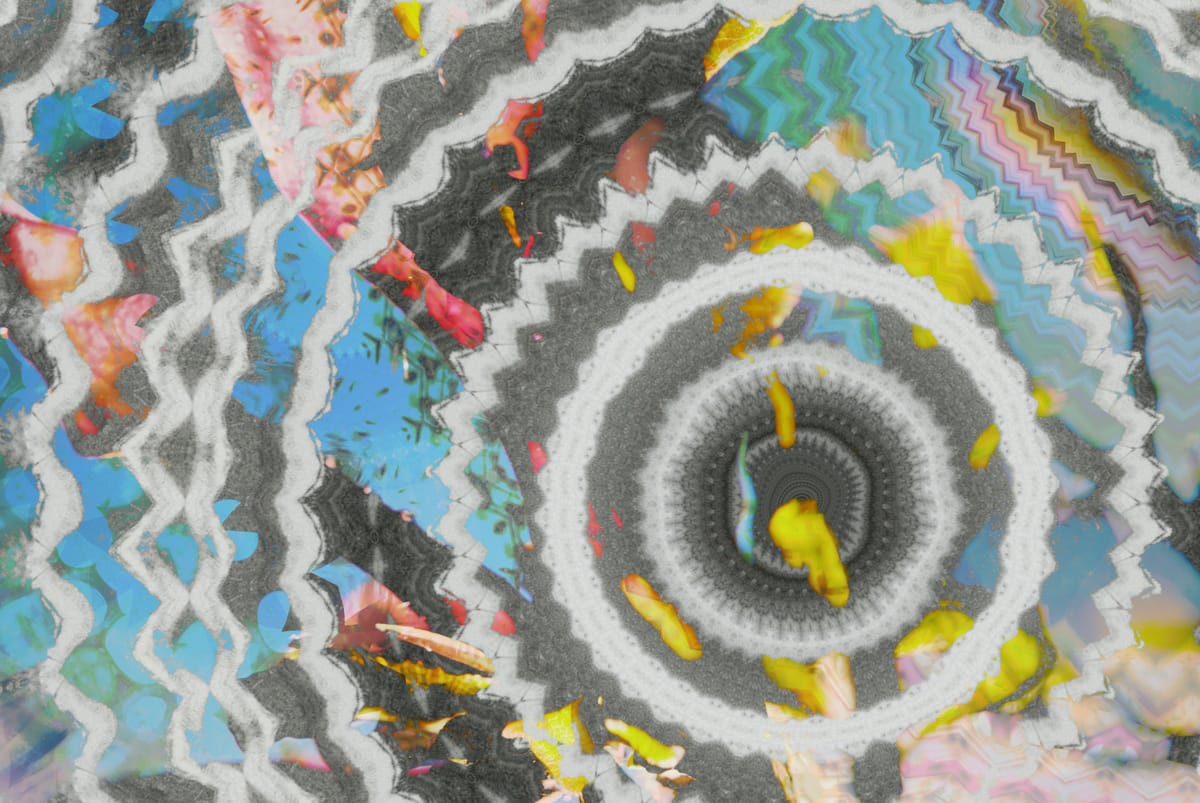
Read first about Qi here
The six channels are Taiyang, Shaoyang, Yangming, Taiyin, Shaoyin, and Jueyin.
Taiyang (Greater Yang)
Taiyang represents the most external aspect of the body. It includes the urinary bladder and small intestine channels. Taiyang channels are associated with functions such as protection from external pathogens, regulation of body temperature, and the distribution of defensive qi. Imbalances in Taiyang can manifest as symptoms such as aversion to cold, fever, headache, and neck and upper back stiffness.

Shaoyang (Lesser Yang)
Shaoyang channels bridge the exterior and interior aspects of the body. They include the gallbladder and triple burner channels. Shaoyang channels regulate the flow of qi between the exterior and interior, helping to maintain balance and harmony. Imbalances in Shaoyang can lead to symptoms such as alternating chills and fever, irritability, bitter taste in the mouth, and digestive disturbances.

Yangming (Yang Brightness)
Yangming channels are associated with the functions of the stomach and large intestine. They represent the body's most active and dynamic aspect of qi flow. Yangming channels transform food and fluids, extract nutrients, and eliminate waste. Imbalances in Yangming can result in symptoms such as constipation, abdominal distension, dry mouth, and strong thirst.
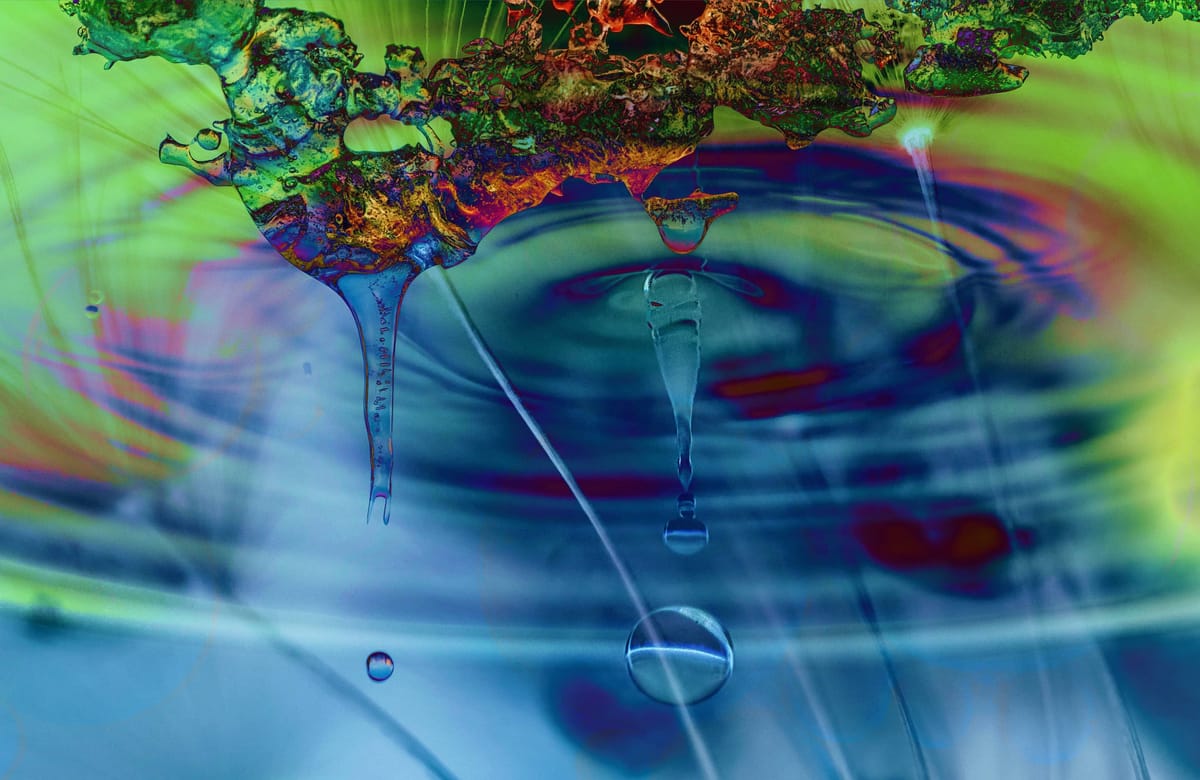
Taiyin (Greater Yin)
Taiyin channels contain the spleen and lung channels. Taiyin channels are associated with the nourishing and moistening aspects of qi. They are vital in producing and distributing nutrients and fluids throughout the body. Imbalances in Taiyin can manifest as symptoms such as fatigue, poor appetite, loose stools, and respiratory issues like coughing and wheezing.
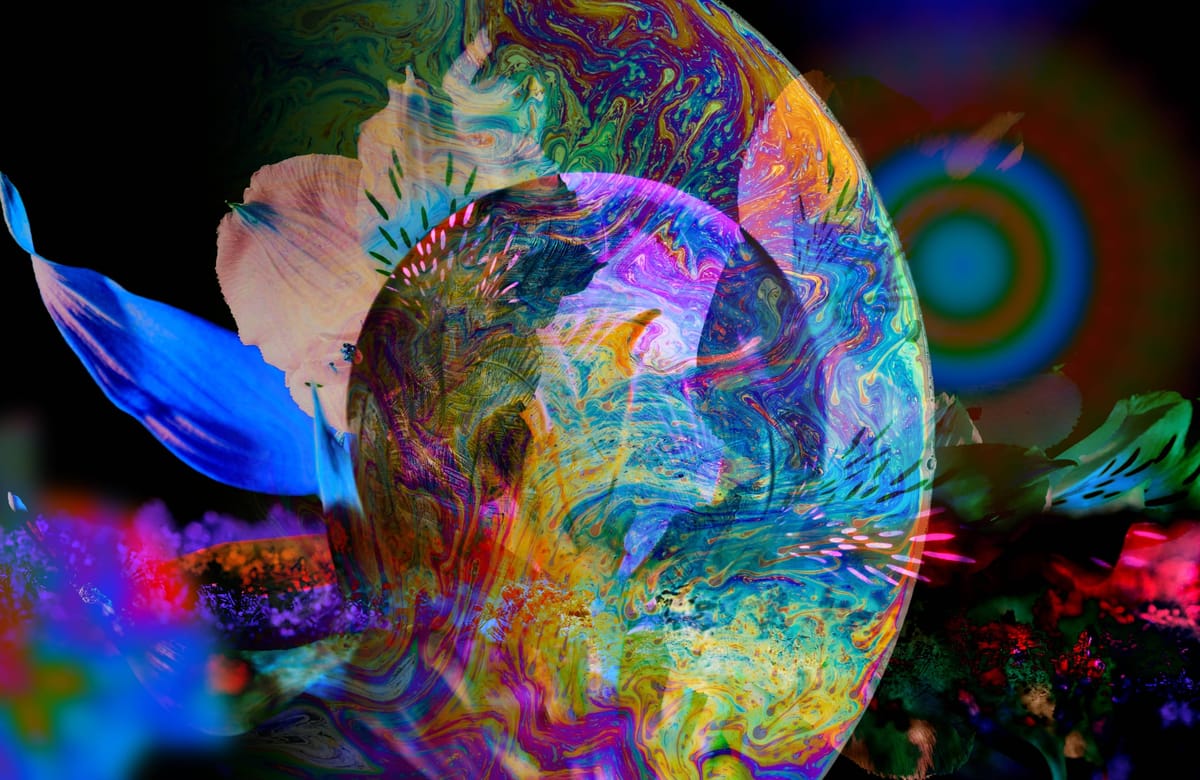
Shaoyin (Lesser Yin)
Shaoyin channels include the heart and kidney channels. Shaoyin channels represent the deepest aspect of the body's energy. They are associated with the regulation of water metabolism, the circulation of blood, and the integration of body-mind-spirit functions. Imbalances in Shaoyin can lead to symptoms such as palpitations, cold limbs, low back pain, and emotional disturbances.
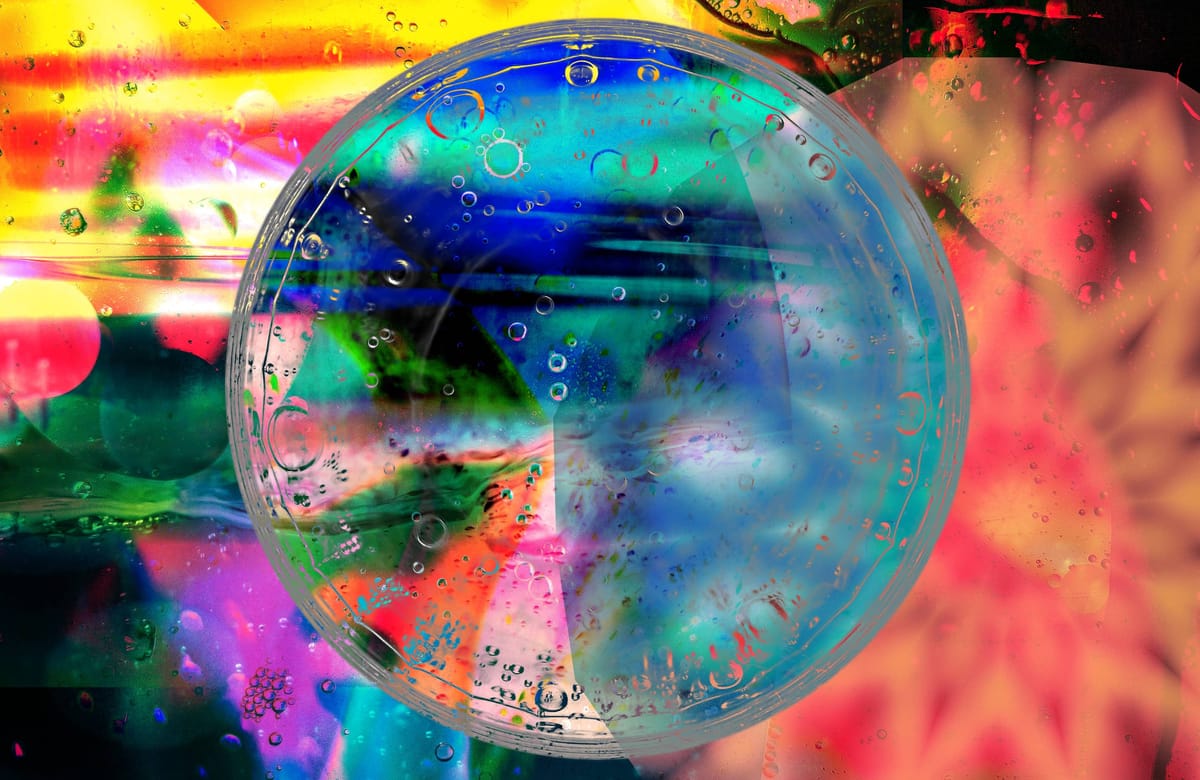
Jueyin (Absolute Yin)
Jueyin channels encompass the pericardium and liver and represent the most yin aspect of the body's energy. They are associated with storing, regulating, and distributing blood and emotions. Imbalances in Jueyin can manifest as symptoms such as chest tightness, menstrual irregularities, depression, and mood swings.

Internal and External Factors
The origin of the illness in Classical Chinese Medicine is complex, involving both internal and external factors.
Internal Factors
Internal factors refer to imbalances or dysfunctions within the body. Central to this concept is the movement of Qi, the energy that flows through the body. Any disruption in the smooth flow of Qi can lead to various pathological conditions. For example, excessive emotional stress or unresolved emotional issues can disrupt the free flow of Qi, leading to stagnation or blockages and ultimately manifesting as symptoms of disease. Additionally, constitutional factors such as inherited weaknesses or imbalances in the body's Yin and Yang energies can predispose individuals to certain health conditions.
External Factors
External factors refer to environmental influences and pathogenic factors that can invade the body from the outside. These include climatic conditions, such as wind, cold, heat, dampness, and dryness, as well as pathogenic factors like viruses, bacteria, and toxins.
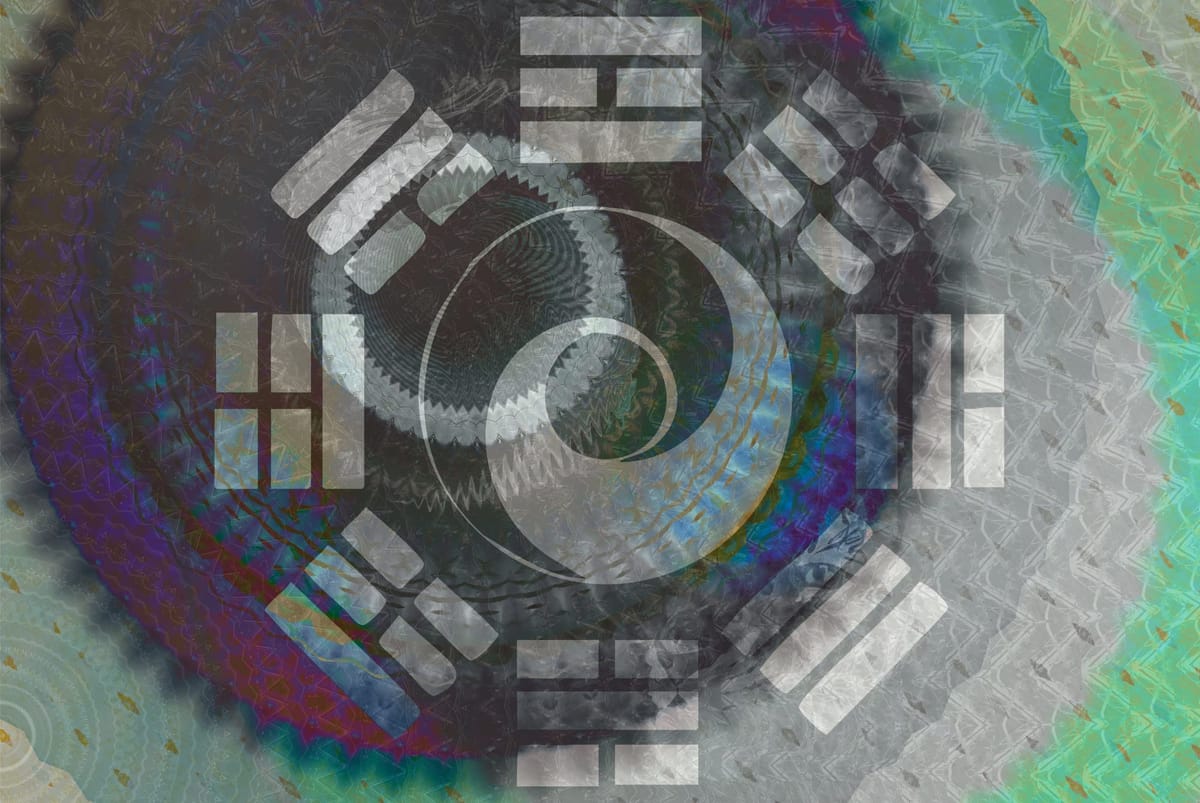
Concept of Yin and Yang imbalance in disease development
Yin and Yang are complementary forces, representing opposite yet interdependent aspects of nature. Yin represents darkness, coldness, passivity, and substance, while Yang encompasses light, warmth, activity, and function. In harmony, Yin and Yang maintain a dynamic equilibrium within the body, fostering optimal health.
Disease develops when there is a disturbance or imbalance in the relative proportions or qualities of Yin and Yang energies. This imbalance can manifest in various ways, such as excess or deficiency of either Yin or Yang or their improper interplay. The development of a Yin-Yang imbalance in disease is often attributed to more than one internal or external factor.
The Meaning of Pulse
The exploration of the pulse begins with an analysis of its linguistic representation. The character for pulse, mai 脈, comprises the radical 月 combined with the character 永. In its simplified form, 脉, the radical 月 signifies either moon or flesh, while the character 永 translates to perpetually or forever.
The moon, symbolised by 月, embodies Yin energy and symbolises the essence of Taiyin. References in historical records describe the moon as the convergence of Yin essence and its formation from the coagulation of water Qi. Despite 永 initially denoting long, its application in 脉 likens it to the perpetuity of a river's flow,
emphasising continuity. Further examining the character 脉, the radical 冖, associated with water, implies a tributary or branch of a river, emphasising its connection to water-related concepts. This linkage accentuates the intimate relationship between the pulse and the concept of water within Classical Chinese Medicine theory.
Significance of the Pulse
The semantic and phonetic meanings of 脉 align with the broader narrative of Yin and Yang. 月 symbolises the moon, representing Yin energy. Despite Yin's inherent darkness, the moon's luminosity is attributed to the sun's radiance, which is analogous to Yin receiving Yang's illumination. Lunar phases, reflecting the ebb and flow of Yang Qi, depict the interplay of Yin and Yang. Incorporating lunar cycles into diagnostic methodologies unveils correlations between disease patterns and seasonal or circadian rhythms.
Analogous to lunar phases, the human body experiences fluctuations in Yin and Yang energies, influencing disease manifestation and treatment efficacy. The tide's correlation with lunar phases underscores Yin and Yang's influence on natural phenomena, extending to the human body's physiological processes. The rhythmic rise and fall of the tides symbolise the dynamic interplay between Yin's passivity and Yang's activity, mirroring the pulse's fluctuations.
Different pulse qualities and their interpretations
The study of pulse diagnosis is a nuanced and complex field.
The seasonal pulses correspond to spring, summer, fall, and winter.
The Wiry Pulse of Spring
The spring pulse, characterised as wiry, evokes imagery of pressing on the string of a Chinese zither. This sensation reflects the tension akin to a high-strung string, indicating the struggle between rising Yang Qi and lingering Yin cold. The wiry pulse embodies the dynamic interplay of Yang striving against the inhibitory influence of Yin, serving as a hallmark of spring's transitional energy.
The Flooding Pulse of Summer
The pulse of summer, described as flooding or bounding, symbolises the unrestricted ascent of Yang Qi. Unlike spring, where Yin cold persists, summer sees the full liberation of Yang energy, allowing it to soar unimpeded. Detecting a flooding pulse during summer is timely but concerning in other seasons. It signifies an imbalance akin to a Yangming pulse.
The Hair-like Pulse of Autumn
Autumn's pulse is hair-like and floating, characterised by a delicate and fluttering sensation. This pulse reflects the gentle descent of Yang Qi as nature transitions into a phase of storage and consolidation. The hair-like pulse symbolises the subtle and refined qualities of autumn's energy, contrasting with pathological floating pulses marked by excessive force and abundance.
The Stony Pulse of Winter
Winter's pulse resembles a stone sinking to the bottom, mirroring the deep storage of Yang Qi during the colder months. Unlike the dynamic pulses of spring and summer, the stony pulse of winter reflects the dormant state of Yang energy, signalling a period of inward consolidation and rest.
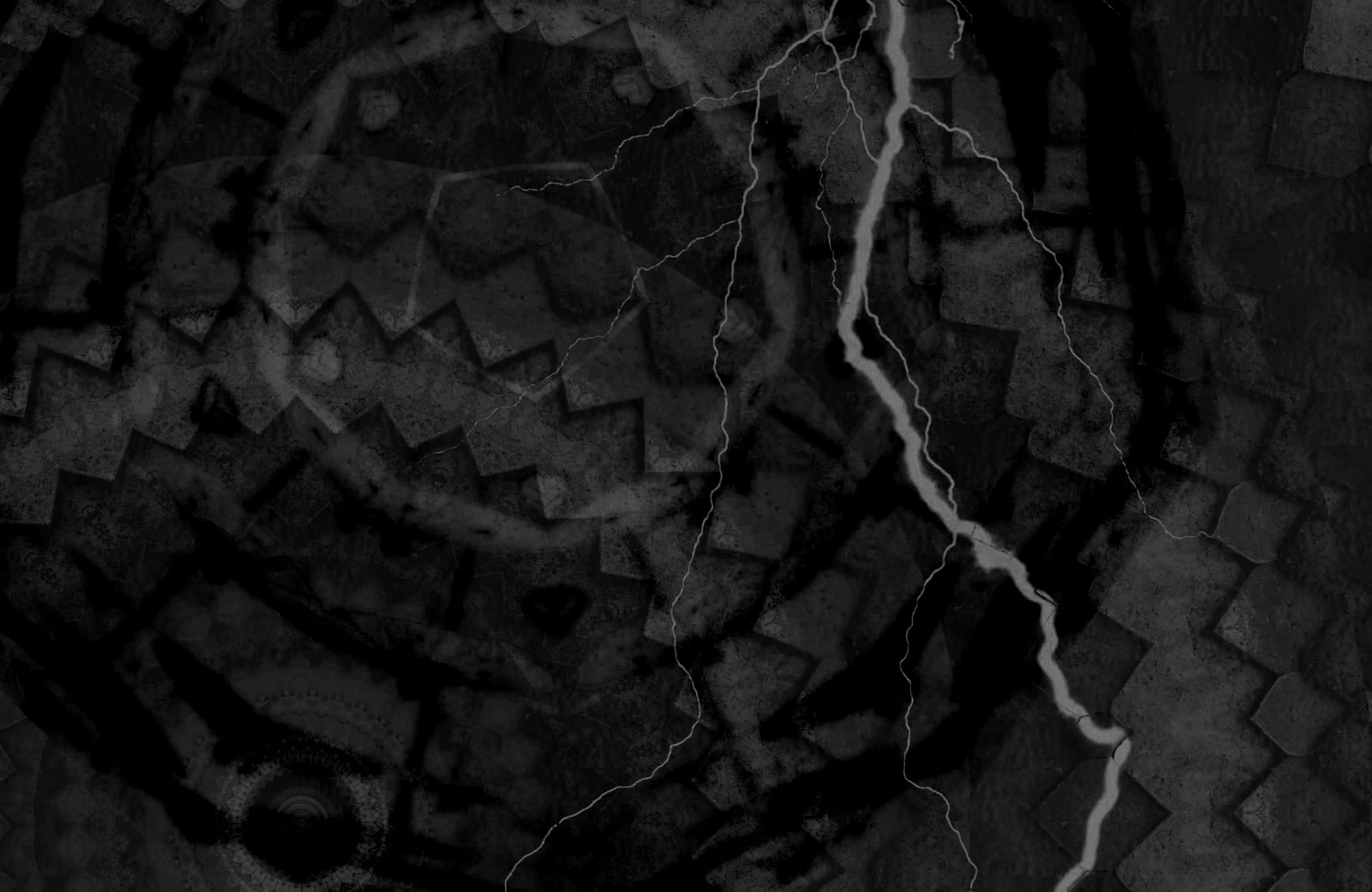
In understanding these seasonal pulse dynamics, practitioners gain insights into the ebb and flow of Qi throughout the year, guiding diagnostic and therapeutic interventions tailored to each season's unique energetic qualities. Note that a deep understanding of pulse diagnosis requires not only theoretical knowledge but also practical experience and should not be taken lightly.
The Meaning of Syndrome
Syndromes serve as tools in discerning the presence and evolution of disease. While some diseases may manifest overtly, others remain latent, challenging us to identify underlying pathologies. The dynamic nature of pathology complicates recognition and understanding, making syndromes indispensable. Syndromes provide insights into concealed diseases and offer predictive capabilities regarding their progression, enabling proactive intervention.
Distinction Between Syndrome and Disease
Disease refers to the ailment described broadly, while the syndrome delineates the specific characteristics and manifestations that differentiate it from other diseases. Disease is a general descriptor, whereas syndrome offers a more detailed and precise delineation of the malady.
Concept of syndrome differentiation based on the Eight Principles (Ba Gang)
Syndrome differentiation based on the Ba gang system is a fundamental diagnostic approach aimed at understanding the nature of an illness. Central to this diagnostic process is the concept of the Eight Principles, known as Ba Gang in Chinese. The Eight Principles framework categorises diseases into four pairs of opposing characteristics:
- Yin/Yang,
- Exterior/Interior,
- Cold/Heat,
- and Deficiency/Excess.
Each principle represents a dynamic relationship between two contrasting aspects, providing a comprehensive framework for understanding the nature of disease and guiding treatment decisions.
- Yin and Yang represents the fundamental duality of nature and is applied to diagnose the overall nature of a disease. Yin characteristics include cold, darkness, and stillness, while Yang attributes are warmth, light, and activity. In syndrome differentiation, the balance between Yin and Yang in the body is assessed to determine whether the condition is predominantly Yin or Yang in nature. For example, symptoms such as aversion to cold, pale complexion, and deep, weak pulse indicate a Yin pattern, while symptoms such as fever, thirst, and rapid pulse suggest a Yang pattern.
- Exterior and Interior distinguishes between diseases that affect the body's surface (exterior) and those that penetrate deeper into the body's internal organs and systems (interior). Exterior conditions are often associated with pathogens such as wind, cold, heat, or dampness, manifesting as symptoms like fever, chills, and body aches. Interior conditions, on the other hand, involve deeper organ systems and may present with symptoms such as abdominal pain, nausea, and vomiting.
- Cold and Heat assesses the thermal nature of a disease and its associated symptoms. Cold patterns are characterised by sensations of coldness, aversion to cold, and pale, moist tongue coating, while Heat patterns manifest with symptoms such as fever, thirst, and red tongue with a yellow coating. Understanding whether a condition is cold- or heat-predominant informs treatment strategies, with Cold patterns often treated with warming therapies and Heat patterns with cooling treatments.
- Deficiency and Excess evaluates the body's overall Qi, Blood, Yin, or Yang status to determine whether a disease is due to a deficiency or an excess of these vital substances. Deficiency patterns arise from depletion or weakness of Qi or Blood and may present with symptoms such as fatigue, weakness, and pale complexion. Excess patterns, conversely, result from the accumulation or stagnation of pathogenic factors and may manifest with symptoms such as pain, swelling, and tension.
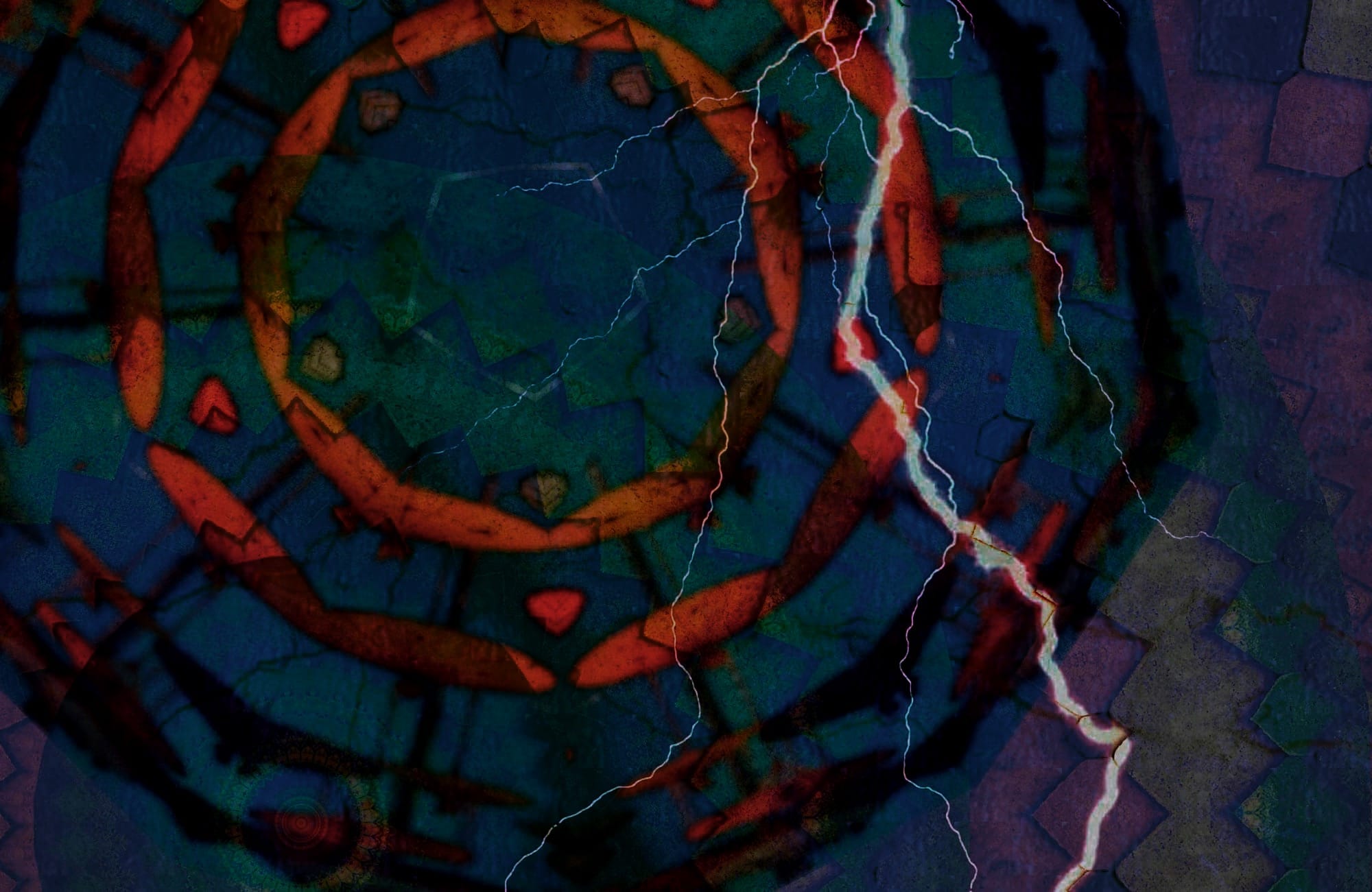
Conclusion
Chinese medicine views the human body as a reflection of the universe and its natural rhythms. Balance and harmony are at the core of this ancient practice, where the body functions as a microcosm of the world around it. Yin and yang, the fundamental forces of nature, mirror the interplay of every aspect of the human being, from the physical body to the mind and spirit.
Disease is not seen as a malfunction of isolated parts but rather as a disruption of the delicate equilibrium within the body's internal ecosystem. This disharmony reflects imbalances in energy, or qi, and the interplay of the body's organ systems. However, the wisdom of ancient practices such as acupuncture, herbal medicine, and qigong offer promise for healing and restoration.
Through these practices, individuals can journey towards wholeness and reawaken the body's innate ability to heal. As we navigate the complexities of disease, let us remember the profound interconnectedness of all things and find solace and inspiration in the timeless wisdom of Chinese medicine. May it guide us towards health, balance, and harmony.
